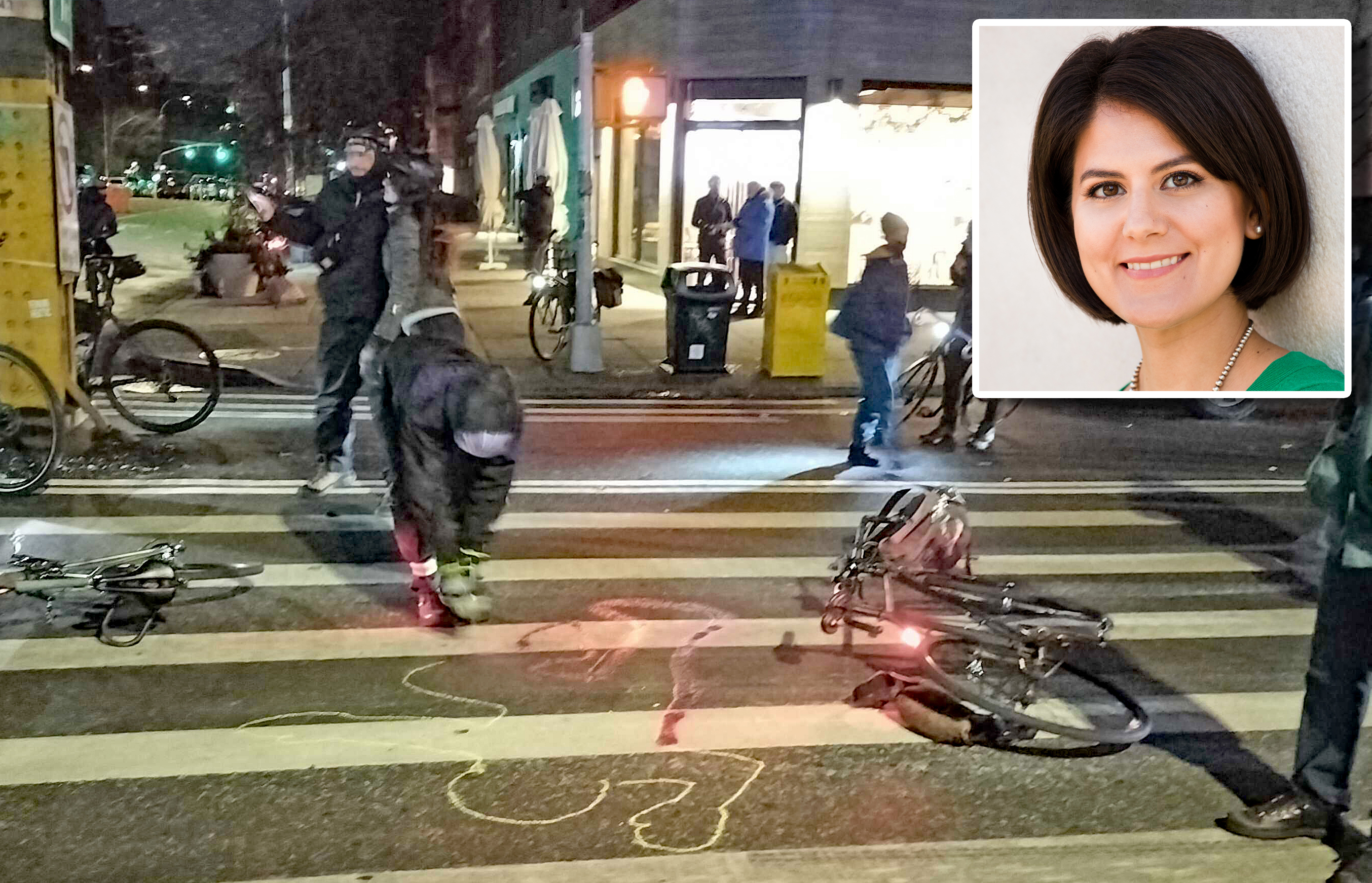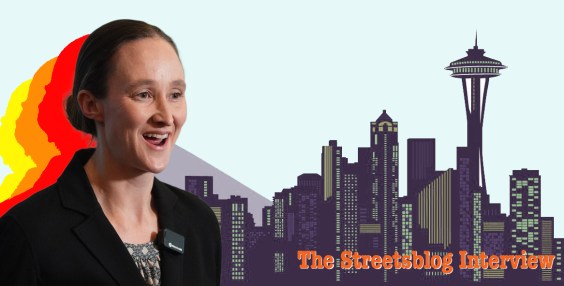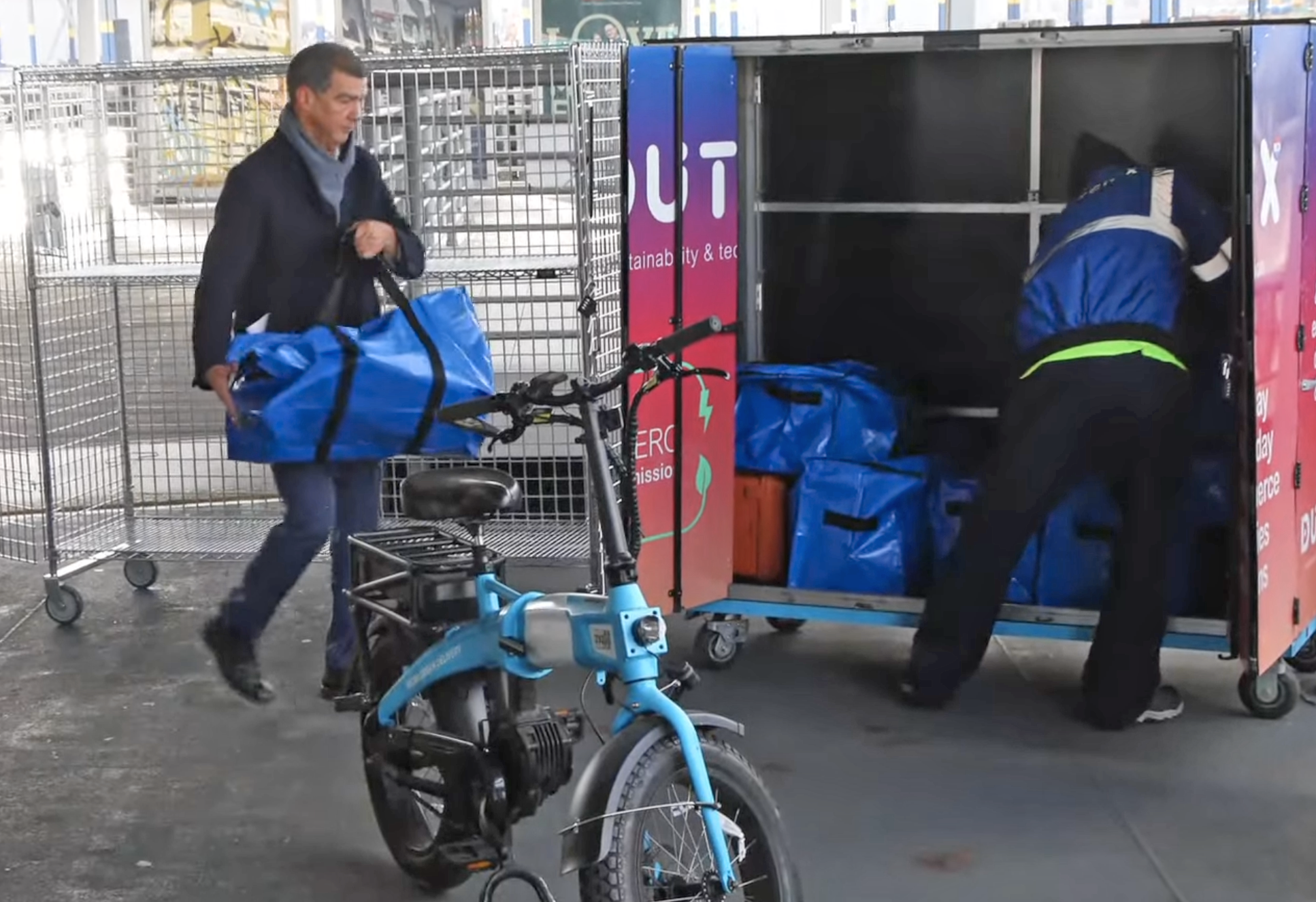
We reported yesterday that noted Danish urbanist Jan Gehl will soon be surveying New York streets with an eye toward improving them for human use. Gehl has been working in Sydney, Australia as of late, and an essay he wrote for the Sydney Morning Herald offers insight into what he may be looking for here in the city.
When Gehl Architects was asked by the Lord Mayor and City of Sydney last May to prepare a Public Spaces and Public Life report on Sydney, we began - as we have in our home town of Copenhagen, in Melbourne, London and, next, in New York - with a series of quantitative surveys: how many people are walking, how many cycling, how many in cars?
We looked at the number of public spaces - parks, promenades and squares - and how they were used, winter and summer. How many people were in the city by day and how many at night, and where were they found? These are the detailed measurements traffic engineers make for cars; isn't it time we made them for people in Sydney?
The big problem is that Sydney is bound by freeways to its east and west. When San Francisco's earthquake forced the removal of damaged freeways, the citizens voted to build more boulevards rather than reinstate the freeways. Here, you could be brave, and do it voluntarily.
To do that, though, you will have to believe that cities made for people are better and more sustainable, that they work better and provide healthier environments than cities made for cars. Of course, this means ignoring the advice of generations of traffic engineers and car makers and oil companies in favour of the rights of citizens to clean air and a healthy life.
We also noticed in our Sydney survey that some groups were very obviously absent from the city: children and the elderly. A civilised city welcomes all, and provides access for baby strollers and wheelchairs; it lets vulnerable people feel safe. A city for children also provides delight and surprise in creative public space and art.
But how can we do that, if the streets are wall-to-wall traffic? Where are the shared-zone streets or pedestrian laneways?
If Sydney is to deal with climate change and remain a great global city, the creation of a welcoming city for pedestrians and cyclists will mark a giant step forward. It can only benefit all residents and businesses because, as I have said before, a good city is like a good party - people will always stay longer than they planned.
Photo: Tony from Sydney, via Flickr, who writes: Parramatta Road is Sydney's oldest arterial road, going back to the 1790s when it connected Sydney to the outlying settlement of Parramatta. Its route still meanders over the low hills following the line of the original cart track. In this old shopping strip the traffic is so heavy it has killed off many businesses, with most retail activity now in a side street.





